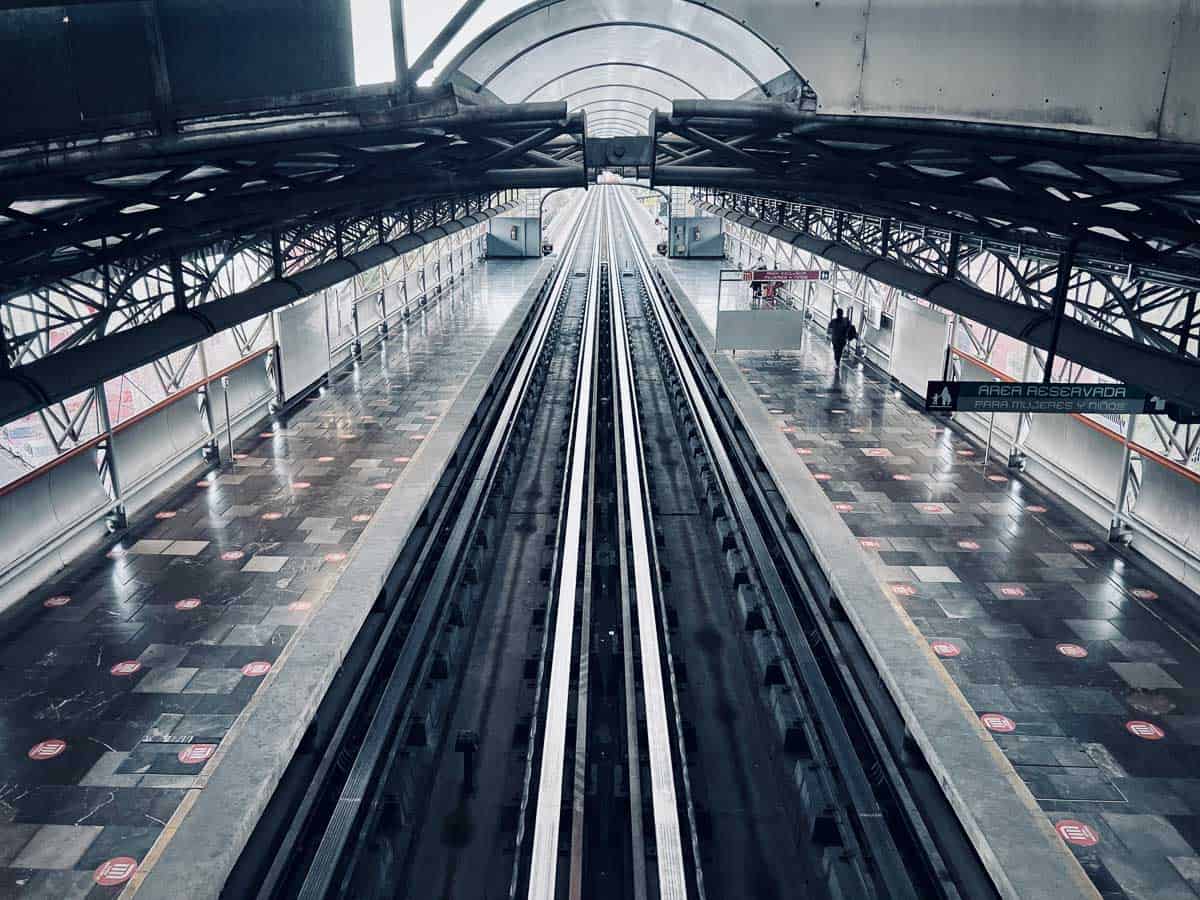Never Lost in Mexico: Transporation Guide to Getting Around Mexico
Flights, metros, colectivos, taxis, busses, scooters, rickshaws, tuk-tuks, bullet trains, regular trains – the methods to get around a given country in the world is endless. In this post, find out how to easily get around Mexico with public transportation.
I believe one of the easiest ways to become a more independent, budget traveler is by getting a country’s transportation system – public or self-reliant down.
In the Never Lost Series, I’m sharing all my accumulated knowledge into one very precise Mexico transportation guide and tacking on other helpful Mexico travel tips. This detailed information is all verified by me, of how I personally got around Mexico with public transportation in 2022. If you don’t see your destination here, I probably don’t have first-hand knowledge of it or don’t remember.
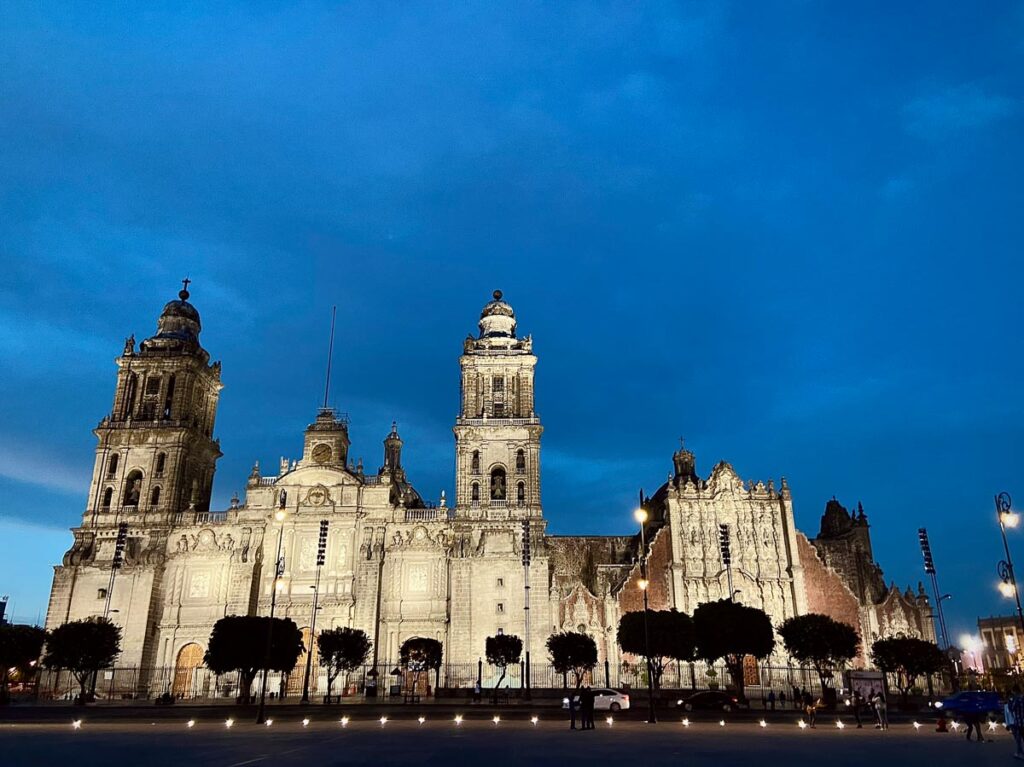
Getting Around Mexico by Public Transporation
First, Mexico is huge! There are many routes to getting around Mexico and many forms of public transportation. So the instructions for each destination are just one way of arriving, but will hopefully point you in the right direction.
Tip: Mexico’s public transportation can be slow, especially if you choose a non-direct bus. Sometimes if Google Maps routes a path for 6 hours, Mexican public transportation can take 10 hours.
Best Methods to Getting to Different Cities Around Mexico
Getting Around Mexico by Bus
In Mexico, always look into buses first; they have an extensive bus network to all parts of Mexico. In general, buses are usually the best option and a cheap way to get around anywhere in the world for intercity travel.
Busses in Mexico are typically quite comfortable, with a bathroom, velvety seats, and a strong seat recline. You can purchase different classes of service for greater comfort, like onboard wifi, more substantial seat recline, and more legroom. Unlike planes, the busses are not sectioned off by class; rather they are entirely first class buses or second class buses.
Intercity buses in Mexico are not a free-for-all; every ticket comes with an assigned seat that everyone abides by.
How do you find buses in Mexico?
Mexico has two great bus aggregator websites to find routes of all the different bus companies: Check my Bus and ClickBus. Both sites have accurate prices and generally reliable schedules. After finding a potential bus, one click will take you straight to the official website to reserve your seat. These bus aggregators are comprehensive, but not all buses are on there. The best way to get the complete bus schedule or see if a bus route exists is to go to the station or a tourist agency.
Mexico’s most well-known bus companies are ADO, OCC, Estrella de Oro, Futura, Costaline.
How Early Should you Purchase your Bus Tickets in Mexico?
Most times, you can just walk up to the counter 10 minutes before your bus departure time and buy directly from the ticket window. You should plan to reserve your tickets beforehand during holidays, high season, and night busses in case they sell out.
Missing night buses are especially troublesome because you probably don’t have accommodation for the night anymore and don’t want to waste going long distances during the daytime. If you miss the bus or if it is sold out, you will have to wait for another 24 hrs.
If you want to check how many seats are left on your desired bus, go through the steps of purchasing on a bus aggregator to see how many seats have already been reserved.
Bus Safety
Bus travel is generally a safe method of transit throughout Mexico. For safety reasons, most bus services have a staff member in charge of collecting and distributing your luggage. Like on a plane, you will receive a tag for your bag, which you must keep to get your luggage back. As in any country, keep your hand luggage safe and be alert to pickpocketers.
Are Overnight Buses Safe in Mexico?
In certain states that are considered more dangerous, you may want to skip the night bus as bus jackings are known to happen. Not common, but known to happen.
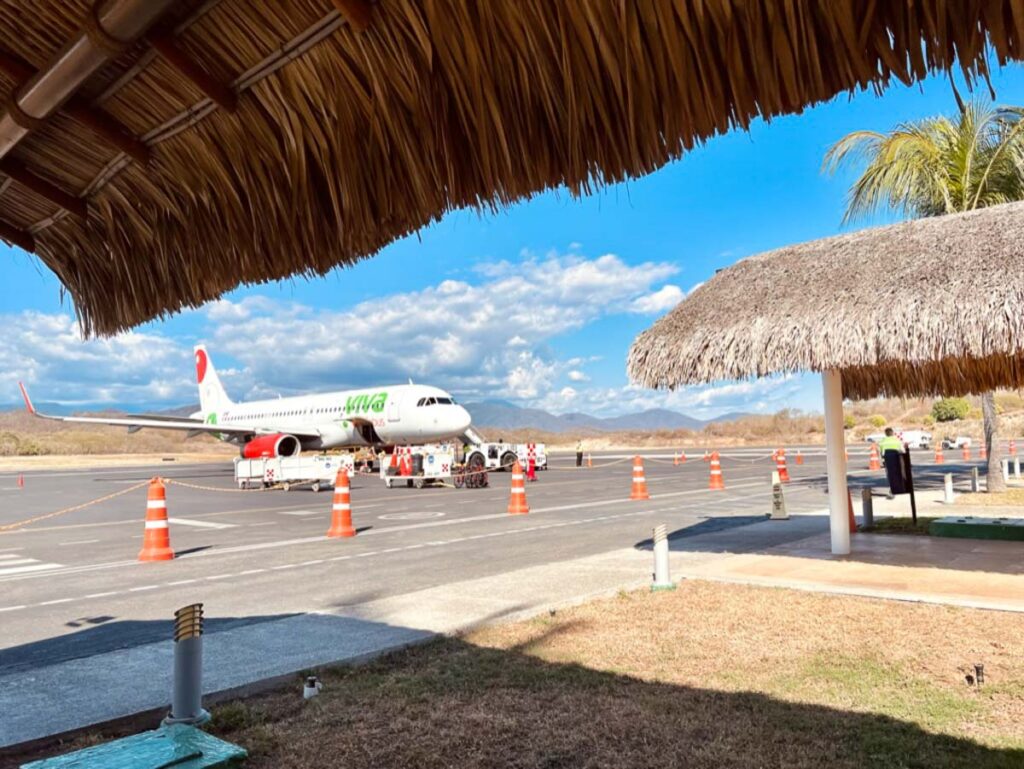
Getting Around Mexico by Flights
When a long-distance bus ride is more than 12 hours, this is my benchmark for when I will consider flying. Or if you only have a one-week Mexico itinerary, flying will save you precious time on your trip.
Mexico has very cheap domestic flights, around ~30USD for many connections.
Most domestic routes will have a layover in Mexico City before flying to your final destination. The only exceptions are popular destinations like Cancun and Cabo San Lucas, which have direct domestic and international flights (especially from the United States).
Rental Cars
Unless you have a group of 3+ people or plan on going to multiple Mexican cities, I don’t recommend a car rental. Like Hertz and Enterprise, all the usual brands you know operate in Mexico, but they are not cheap.
For a 14 day classic sedan car rental in Yucatan Peninsula, it cost us ~$1000, not including gas costs. You can choose in your contract to return the car with an empty fuel tank or fill it up beforehand. The gas in the agreement is cheaper than filling up at a station, but is only worth it if you bring it back basically empty.
You really only need a driver’s license to be able to rent a car in Mexico.
Best Options for Getting Around Mexico Within a City
Colectivos
Every city, town, and village in Mexico has a system of locally run colectivos or minibusses. They typically look like a passenger van stuffed with as many people and things as possible.
Colectivos have an affordable set price no matter where you are going. You just pass your coin to a neighbor who gives it to the driver.
Colectivos are not very comfortable and are one of the slowest forms of travel with no set stops; people just get on and off anywhere on the route. But, they have the most expansive routes, which cover every part of a city and the nearby villages and small towns.
Tip: If a colectivo passes you, the driver didn’t just ignore you; the minibus is probably at full capacity.
For tourists, colectivos are more challenging to understand as there is no aggregator site or map. You just have to ask the local people where is the best place to get on.
Local Buses
Local busses are different from colectivos in that they are legit busses like ones you would see in any large city, like Los Angeles or Berlin. They will typically have actual bus stops with a route printed out and be much more comfortable. Only major cities will have these kinds of local buses.
Taxi Service
Taxis are the most direct, easiest way to travel within a city, especially if you don’t have much time. Make sure to negotiate the cost of the drive before getting into the taxi cab.
However, I generally don’t recommend taxis unless it is a one-off, since the costs can add up quickly. Since tourists don’t know the going rate, it is very easy to overpay these short distances.
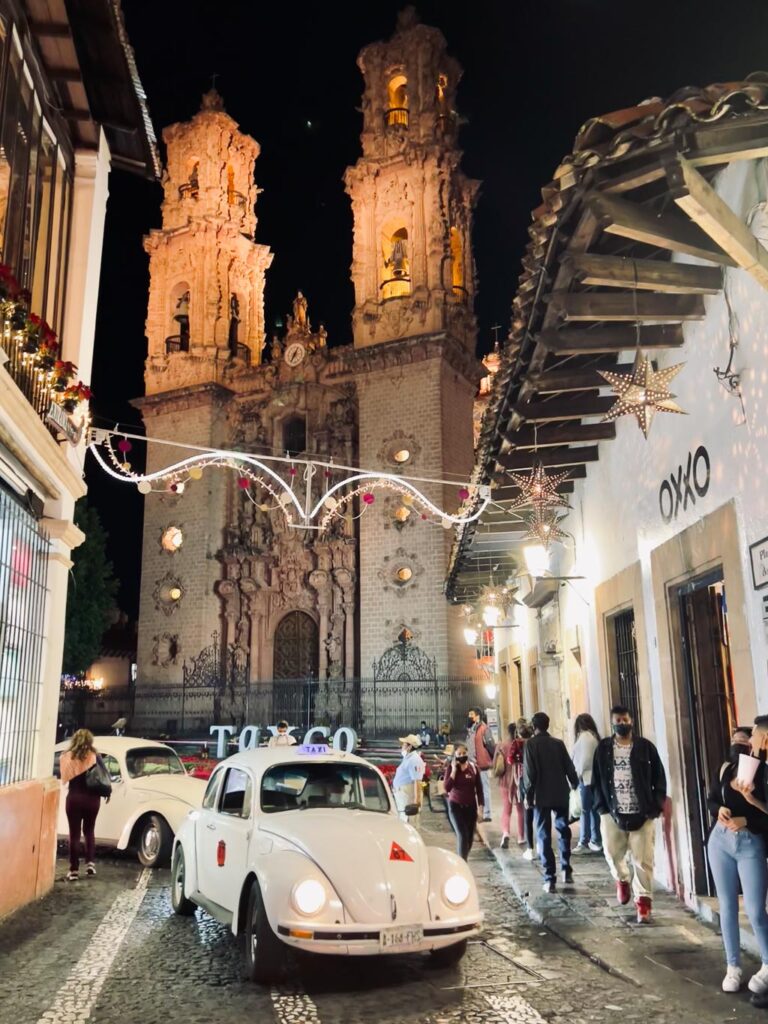
Scooter & Motorbike Rentals
In touristy towns, look into scooter/motorbike rentals. These can be a great option as a cheap alternative to buses and taxis if you are trying to get a good long day of sightseeing in. Although more expensive, towns like Puerto Escondido rent scooters for as low as $15/day and allow you to travel more independently.
Watch for the many one-way streets and the speed limit. Don’t give reasons for the police to stop you. On highways, stay in the right lane; there will always be cars faster than you trying to pass.
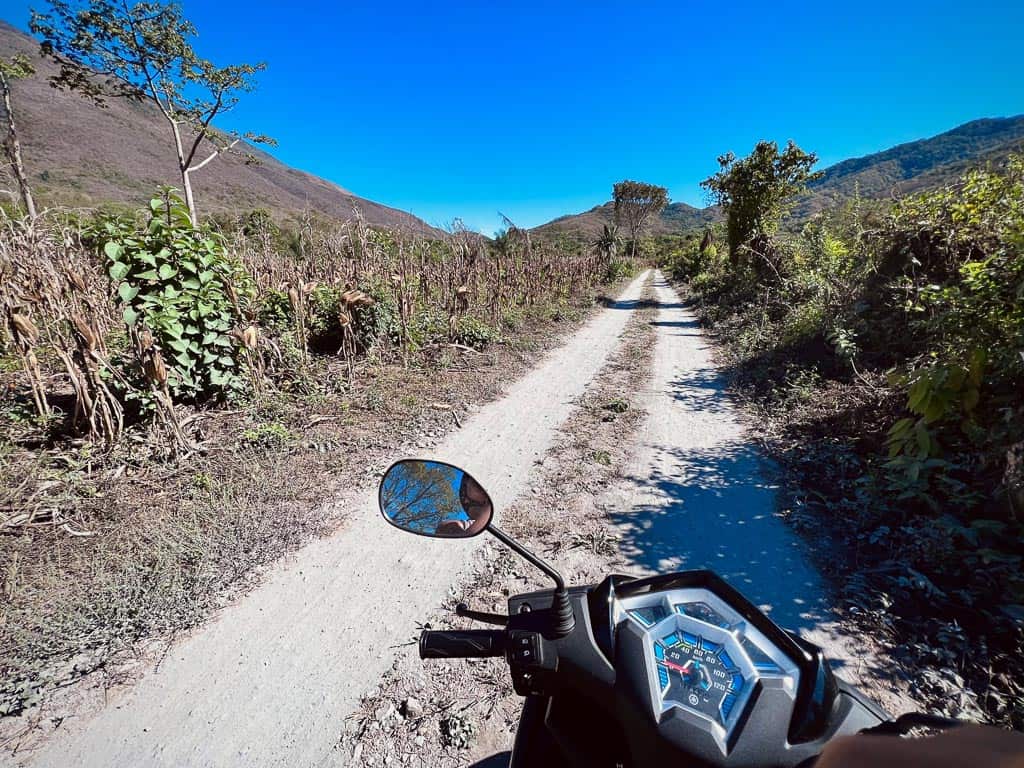
Getting Around Mexico City
Getting out of the airport
On the arrivals floor, follow signs for the bus to Mexico City. Where those signs mysteriously end, a machine that looks like an ATM can be used to buy a metro card. It costs 45 pesos to create a card on initial purchase, but you can use the 45 peso amount towards your next ride.
Note: I learned the hard way that the machine doesn’t give change.
- Domestic Terminal (T2): Exit through door 3 and cross the street to find the bus station.
- International Terminal (T1): Exit between doors 6 and 7 in Terminal 1 to find the bus station.
The only two bus routes in the airport shuttle you between terminals or go to San Lazaro. San Lazaro is a connection station to Mexico’s city center. At the airport bus station, information for Bus Line 4 displays every route through Mexico City.
A one-way bus from the airport costs 30 pesos, and there’s no need to pay more for transfers (just don’t go out of the turnstile). There is a surcharge for going to and from the airport, as all other metro trips cost 6-10 pesos. To go to Mexico City’s downtown from San Lazaro, look for the next bus with an ending destination of Buenavista.
Public transportation in Mexico City

Metro Systems in Mexico City
The MetroCard is your key to all the public transportation options in the city, which is pretty cool. On the back of the card, the images indicate you can pay for fares for the Metro, Metrobús, Light Rail, Ecobici, Trolleybus, RTP buses, and Cablebús. The Mexico City transport system can get very crowded during rush hour peak times.
Here is further information on the most up-to-date Mexico City public transportation options and costs.
Colectivos in Mexico City
As with the rest of Mexico, colectivos (minibusses) go all around the city and neighboring towns and cities. There is no real map of these colectivos; you just have to ask a local where to find the one you want.
Bus Terminals in Mexico City
Mexico City is a hub for so many connections throughout the country that they have organized into two main bus terminals: Terminal del Norte and Terminal del Sur.
The northern terminal handles all buses going to northern Mexico, and the Terminal del Sur all the southern destinations. The larger bus companies operate in the terminals, while local minibus stops operate on the outskirts of the building.
Taxis in Mexico City
Taxis are everywhere in Mexico City. Trust the white and pink ones with CDMX labeling; those are the official cab companies.
Ideally, you want to ask the driver to use the meter. The meters are very fair as in you can go for 20 minutes, and it’s a 2$ ride. You will have to be lucky if someone uses this. If the driver refuses to use the meter (which most likely they will), ask them how much it is before getting into the taxi. It can vary very differently depending on how far and where you start, but I would check with Uber if you’re unsure.
Taxi drivers will only take cash; debit cards and credit cards are still not widely used by small vendors.
Uber in Mexico City
Uber exists in Mexico City. Except being at the airport, Ubers are generally more expensive than flagging a passing taxi down, and you need internet. Ubers are a good method of checking the going rate before hopping in to negotiate with a cab.
Getting Around Morelos State, Mexico
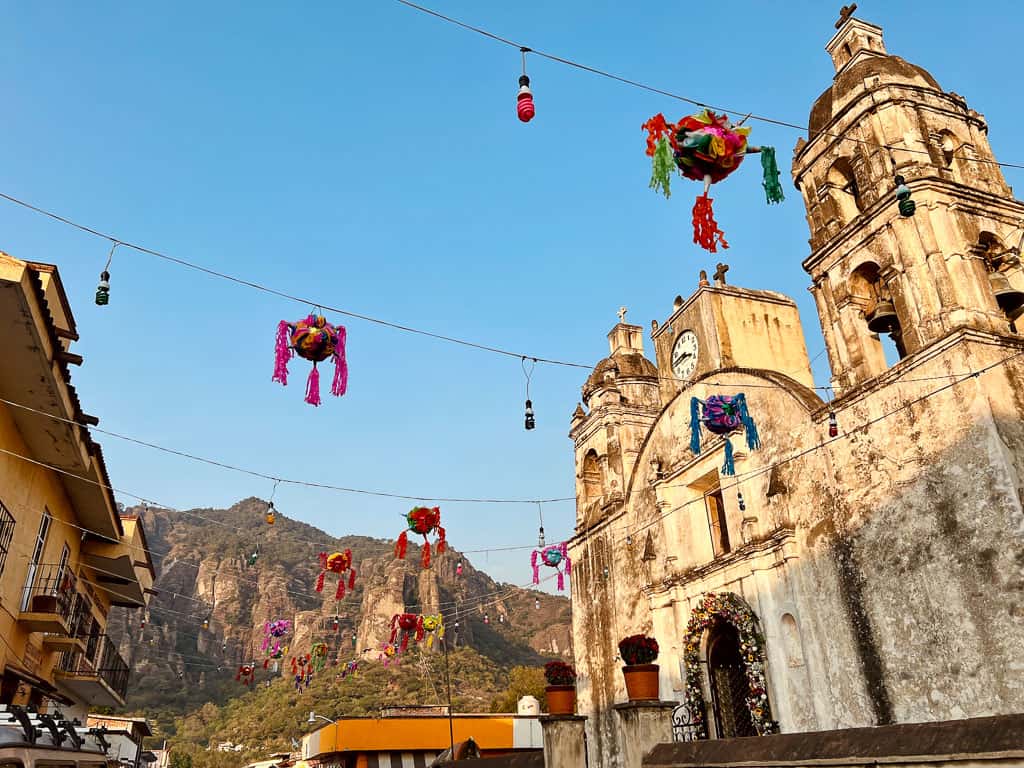
Mexico City to Tepoztlán
Tepoztlán is a popular getaway for residents of Mexico City. Take the metro line to Mexico City’s southern terminal: Taxqueña (Terminal del Sur). The OCC bus leaves every ~30 minutes from the south terminal, so you can just show up to buy your ticket. It costs 150 pesos per ticket and will take around 80 minutes to arrive.
Tepoztlán to Cuernavaca
There are two buses that you can take:
- The nicer option: A large bus leaves from the main Tepoztlan station outside of town, which will take 30 minutes and around 30 pesos.
- You also have the option to take the local bus from Tepoztlán center. It leaves every 30 minutes, but due to traffic or many stops, it took about 1.5hrs to arrive at Cuernavaca. It also dropped us off at the North Eastern to the city center (18.925153, -99.232501) so if you want to get off beforehand, make sure to signal to the bus driver.
Getting Around in Guerrero State, Mexico

Cuernavaca to Taxco
CostaLine and Estrella de Oro go this route to Taxco. There are many bus stations in Cuernavaca, which can be confusing. The CostaLine leaves from Cuernavaca’s Grupo Estrella Blanca – Terminal de Autobuses (18.926275, -99.238667) a few times a day. It costs 135 pesos per person and you will arrive at Taxco’s Estrella Blanca bus terminal.
Mexico City to Taxco
CostaLine and Pullman Morelos go to other big cities, like Mexico City, multiple times a day.
Day Trip: Taxco to Pozas Azules/Cascada Cacatennango
On Avenida de Plateros, in front of the shop “Coppel’, minibusses leave every 30 minutes to Pozas Azules. The last bus returns from the Pozas Azules at 6 pm, and the ride takes 45 minutes and 27 pesos. Return back the same way.
Mexico City to Acapulco
The shortest bus takes 5 hours to go from Mexico City to Acapulco. Estrella de Oro will cost between 400-500 pesos.
Taxco to Acapulco | Stops in Iguala, Chilpancinga
On Avenida de Los Platerosare, there are two main bus station in Taxco, Estrella Blanca and Estrella de Oro.
The bus will make stops in other cities on the way in Chilpancingo, Iguala, before arriving at Acapulco. There were only two buses at 1:30 pm and 5:30pm the day we went. This route did not show up on bus aggregator websites, but it did show up on the ADO website.
Acapulco to Zihuatenejo
Buses leave Acapulco to Zihuatenejo every two to three hours daily. From the Estrella de Oro bus station in Acapulco, it cost 250-272 pesos and takes ~5 hrs. Print out your tickets if you buy the tickets online.
Day Trip: Zihuatenejo to Playa Linda & Isla Ixtapa Island
Take the local bus from one of the main roads in Zihuatenejo (GPS Location: 17.644254, -101.556661). It costs 15 pesos and 40 minutes to get to Playa Linda and Isla Ixtapa Island.
You get dropped off in front of the Cocodrilario and Playa Linda. The ticket booth for boat tickets to the island is beyond the market.
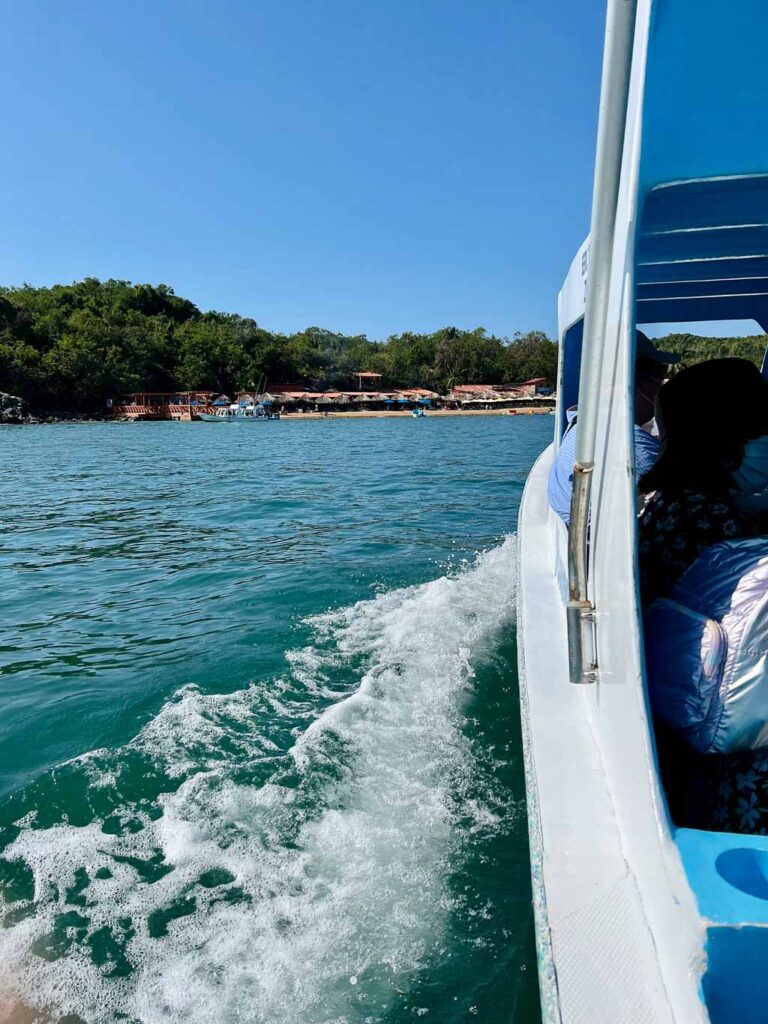
Connections in Oaxaca State
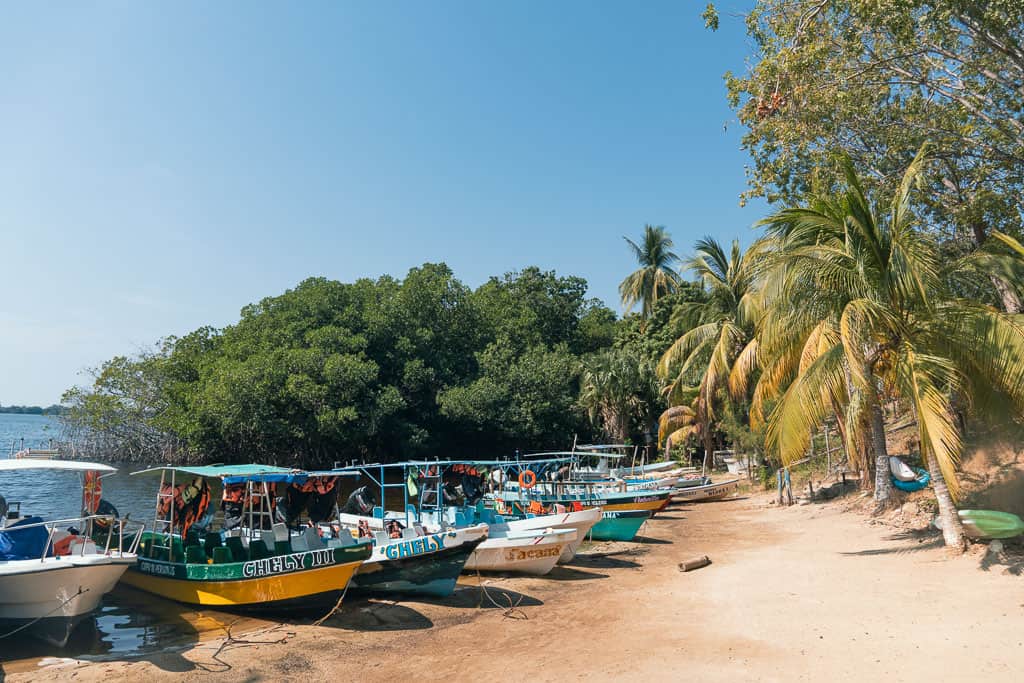
Mexico City to Puerto Escondido
If you want to come directly to Puerto Escondido from Mexico City, you are looking at a 19 hour ride. Most people will break up this ride and stop to visit Pueblo and Oaxaca City first. Otherwise, check flights.
Acapulco to Puerto Escondido
Altamar Bus Service drives this route for 7 hours overnight or 9 hours in the day. Acapulco has three different bus terminals: Acapulco Edifico, Papagayo, or Centro. Buses leave from different stations every day.
It costs between 516 pesos to 640 pesos depending on the bus class.
Puerto Escondido to Chacahua
- From Puerto Escondido, take a colectivo to El Zapotalito (55 pesos). If it only takes you to the junction, you may need to take a taxi into the small town.
- From El Zapotalito, you have two Options:
- Take a direct boat across the lagoon to Chacahua – 45 minutes, ~200 pesos negotiable
- Take a quick boat to Chacahua Island – 5 min, 50 pesos, then another colectivo to Chacahua – 45 min, 50 pesos
Oaxaca City to Huatulco
Taking a bus from Oaxaca City overland will take 8-10 hours, depending on daytime or night bus departure times. The ADO bus will cost between 400-600 pesos and drop you off at the La Crucecita ADO station.
Puerto Escondido to Huatulco
ADO/OCC station sells tickets every 1-2 hours and costs a surprising 246 pesos for a 2.5-hour ride. This is unusually high for Mexico. The bus stop will be called Santa Maria Huatulco, but the destination is actually the town of La Crucecita.
Final Thoughts: Transportation Guide to Getting Around Mexico
Mexico is a massive country and getting around with their transportation is transparent enough, but still confusing at times. Many hours have gone into figuring out how to get somewhere, so I hope this guide helps you get around Mexico more easily and save you some hours of research.
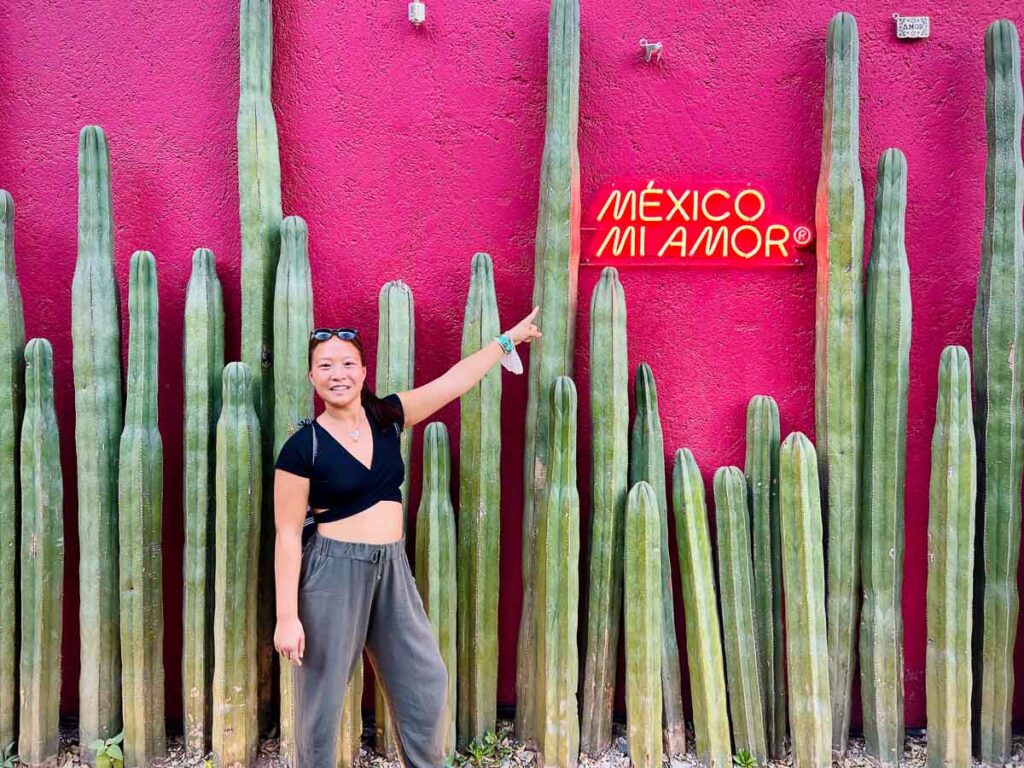
Catherine Xu is the founder and author of Nomadicated, an adventure travel blog that helps travelers cross off their bucket list. Since discovering traveling in 2015, she has lived and journeyed to 65 countries across 5 continents and vanlifed the west coast USA for 2+ years. These days, she splits her time in Southeast Asia and California while sharing her travel stories and resources based on first-hand experiences. Catherine's other works has been referenced in major publications like MSN, Self, and TripSavvy.

